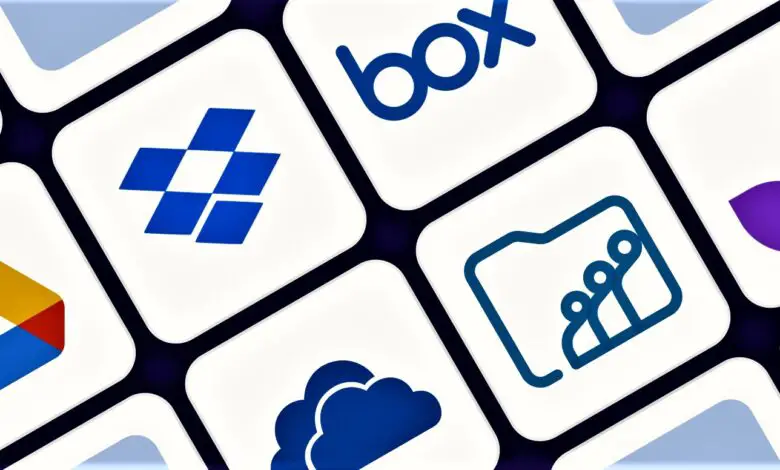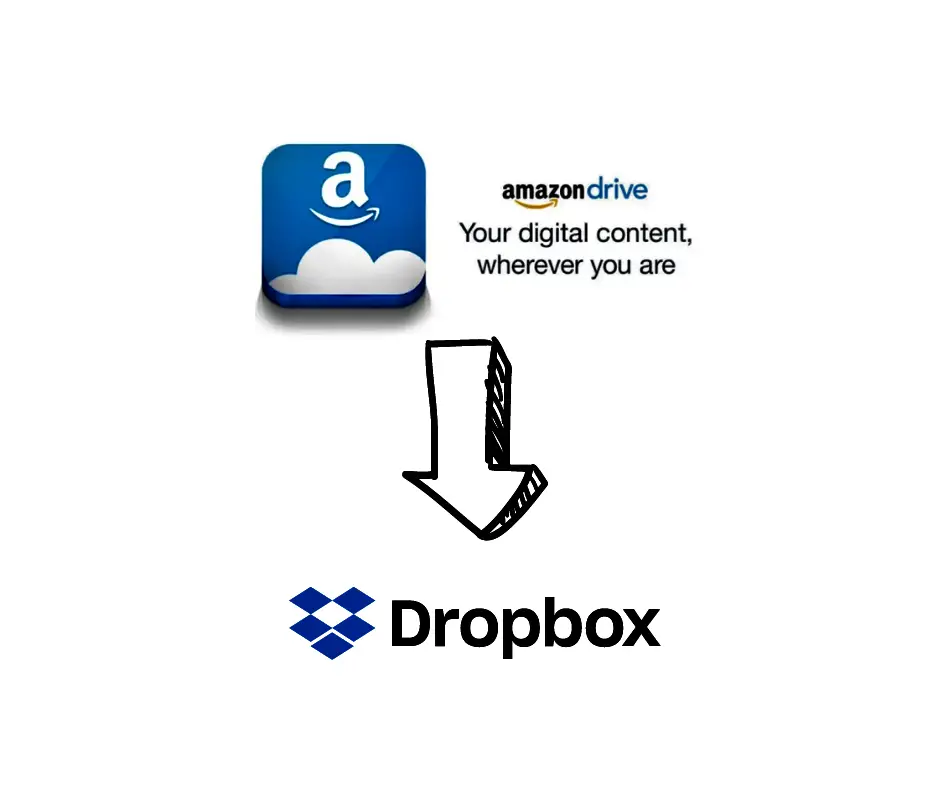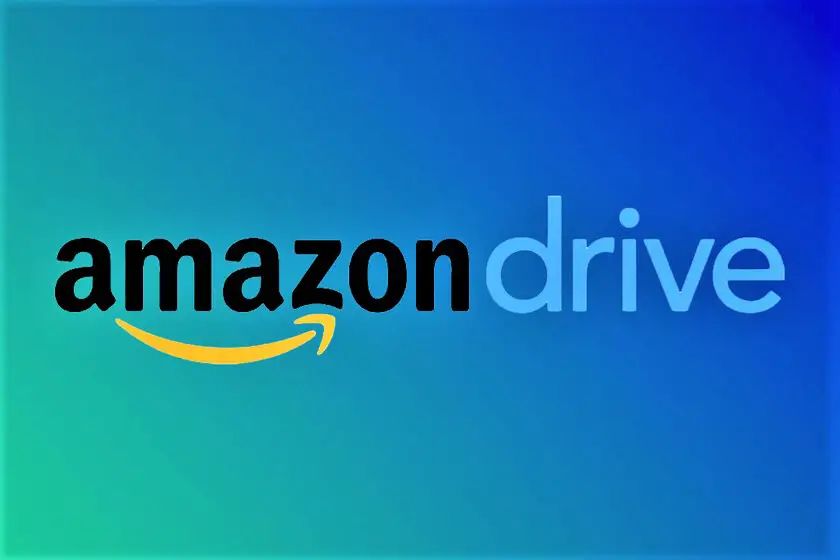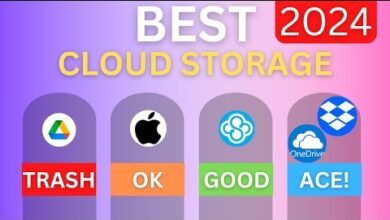Difference between Dropbox and Amazon Drive: Making the Best Choice
Choosing Between Dropbox and Amazon Drive: Features and Benefits

Dropbox and Amazon Drive: In the fast-paced world of cloud storage and file-sharing services, two prominent platforms have risen to the forefront: Dropbox and Amazon Drive. Both services offer convenient and secure solutions for storing, synchronizing, and sharing files online. However, they have distinct features and target different audiences. In this article, we will explore the key differences between Dropbox and Amazon Drive.

Purpose and Background:
Dropbox:
Dropbox was founded in 2007 and is one of the pioneers in cloud-based file storage and synchronization. Its primary focus is on simplicity and ease of use, making it popular among individual users, small businesses, and professionals.
Amazon Drive:
Amazon Drive is a product of Amazon, the e-commerce giant. Initially launched as Amazon Cloud Drive in 2011, it evolved into Amazon Drive, offering not only file storage but also integration with other Amazon services like Amazon Photos.
Storage Plans:
Dropbox:
Dropbox offers several storage plans, ranging from free to premium options. The free plan provides a limited amount of storage space, typically around 2GB, while the paid plans offer more storage, starting from 2TB and beyond. Dropbox’s subscription-based model allows users to choose the storage capacity that suits their needs.
Amazon Drive:
Similarly, Amazon Drive provides users with a range of storage plans, but it is often bundled with other Amazon services like Amazon Prime and Amazon Photos. Amazon Prime members enjoy unlimited photo storage, 5GB of additional storage for videos and other files, and the option to purchase additional storage as needed.
File Types and Syncing:
Dropbox:
Dropbox is known for its robust file synchronization across devices and operating systems. It allows users to sync files of any type, such as documents, images, videos, and more. Dropbox also retains previous versions of files, making it easy to recover earlier changes or accidentally deleted content.
Amazon Drive:
Like Dropbox, Amazon Drive also supports various file types and provides file syncing capabilities. However, it tends to focus more on media files and provides seamless integration with Amazon Photos, making it a preferred choice for users with extensive photo collections.

Collaboration and Sharing:
Dropbox:
Dropbox shines when it comes to collaboration. It offers easy sharing options, including links to files and folders, collaborative editing, and permissions management. Dropbox Paper, a built-in collaborative workspace, allows users to work together on documents, add comments, and make real-time changes.
Amazon Drive:
While Amazon Drive does allow file sharing, it may not be as user-friendly for collaboration compared to Dropbox. The emphasis on media files can sometimes make collaborative document editing less intuitive, making it better suited for personal use rather than professional collaboration.
Security and Privacy:
Dropbox:
Dropbox takes security seriously and employs various measures to protect user data. This includes encryption at rest and in transit, two-factor authentication, and robust data center security. Additionally, Dropbox provides tools for remote device wipes in case of lost or stolen devices.
Amazon Drive:
Amazon Drive also implements strong security measures, including encryption and authentication protocols. However, Amazon’s broad range of services may raise concerns for users who prefer a dedicated and specialized platform like Dropbox.
Integration with Third-Party Apps:
Dropbox:
Dropbox has an extensive ecosystem of third-party app integrations, allowing users to connect their Dropbox accounts to a wide range of applications for enhanced productivity and workflow management.
Amazon Drive:
While Amazon Drive integrates well with other Amazon services, its third-party app ecosystem may not be as vast and diverse as Dropbox’s. This could be a deciding factor for users who rely heavily on integrating cloud storage with other productivity tools.
Conclusion
In conclusion, both Dropbox and Amazon Drive are powerful cloud storage services, each with its unique strengths and target audience. Dropbox excels in ease of use, collaboration, and a wide range of third-party app integrations, making it ideal for individual users and businesses seeking enhanced productivity. On the other hand, Amazon Drive’s seamless integration with Amazon Photos and bundled offerings with Amazon Prime may make it a compelling choice for Amazon loyalists and those with extensive media collections. Ultimately, the choice between the two platforms depends on individual preferences, intended usage, and integration requirements.
Frequently Asked Questions
What is Dropbox, and what is Amazon Drive?
Dropbox is a cloud-based file storage and synchronization service that allows users to store, access, and share files across multiple devices and platforms. It emphasizes simplicity and collaboration, making it popular among individual users and businesses.
Amazon Drive is also a cloud storage service offered by Amazon. Initially known as Amazon Cloud Drive, it provides storage for various file types, including media files like photos and videos. It is often bundled with other Amazon services like Amazon Prime and Amazon Photos.
Can I access my files offline with Dropbox and Amazon Drive?
Yes, both Dropbox and Amazon Drive offer offline access to files. Users can select specific files or folders to be available offline on their devices, allowing them to access and work on them without an internet connection.
Is my data secure on Dropbox and Amazon Drive?
Yes, both services implement security measures to protect user data. They use encryption protocols for data at rest and in transit, ensuring that files are securely stored and transmitted between devices and servers. Additionally, they offer features like two-factor authentication to enhance account security.
How much storage space do I get with Dropbox and Amazon Drive?
Dropbox provides a range of storage plans, starting with a free plan that typically offers around 2GB of storage. Paid plans offer larger capacities, such as 2TB or more, depending on the subscription.
Amazon Drive offers various storage options as well. Amazon Prime members receive unlimited photo storage and 5GB of additional storage for videos and other files. Additional storage can be purchased based on individual needs.
Can I share files and collaborate with others on Dropbox and Amazon Drive?
Yes, both services support file sharing and collaboration. You can share files and folders with others through links, and in the case of Dropbox, you can invite others to collaborate on documents in real time.
Are there any differences in the types of files I can store on Dropbox and Amazon Drive?
Both platforms support various file types, allowing you to store documents, images, videos, and more. Dropbox is more versatile in this regard and is designed to accommodate all file types, whereas Amazon Drive tends to focus on media files and integrates well with Amazon Photos.
Can I integrate Dropbox and Amazon Drive with other apps and services?
Yes, Dropbox has an extensive ecosystem of third-party app integrations, allowing you to connect your Dropbox account to a wide range of applications for enhanced productivity and workflow management.
Amazon Drive also integrates with other Amazon services, but its third-party app ecosystem may not be as vast as Dropbox’s.
Which service should I choose, Dropbox or Amazon Drive?
The choice between Dropbox and Amazon Drive depends on your individual needs and preferences. If you prioritize ease of use, collaboration features, and third-party app integrations, Dropbox might be the better choice. If you are an Amazon Prime member and value seamless integration with Amazon Photos, Amazon Drive could be a more appealing option.
Can I access Dropbox and Amazon Drive from different devices and operating systems?
Yes, both services are compatible with various devices and operating systems. You can access your files from Windows, macOS, Linux, Android, iOS, and other platforms through their respective apps or web interfaces.



